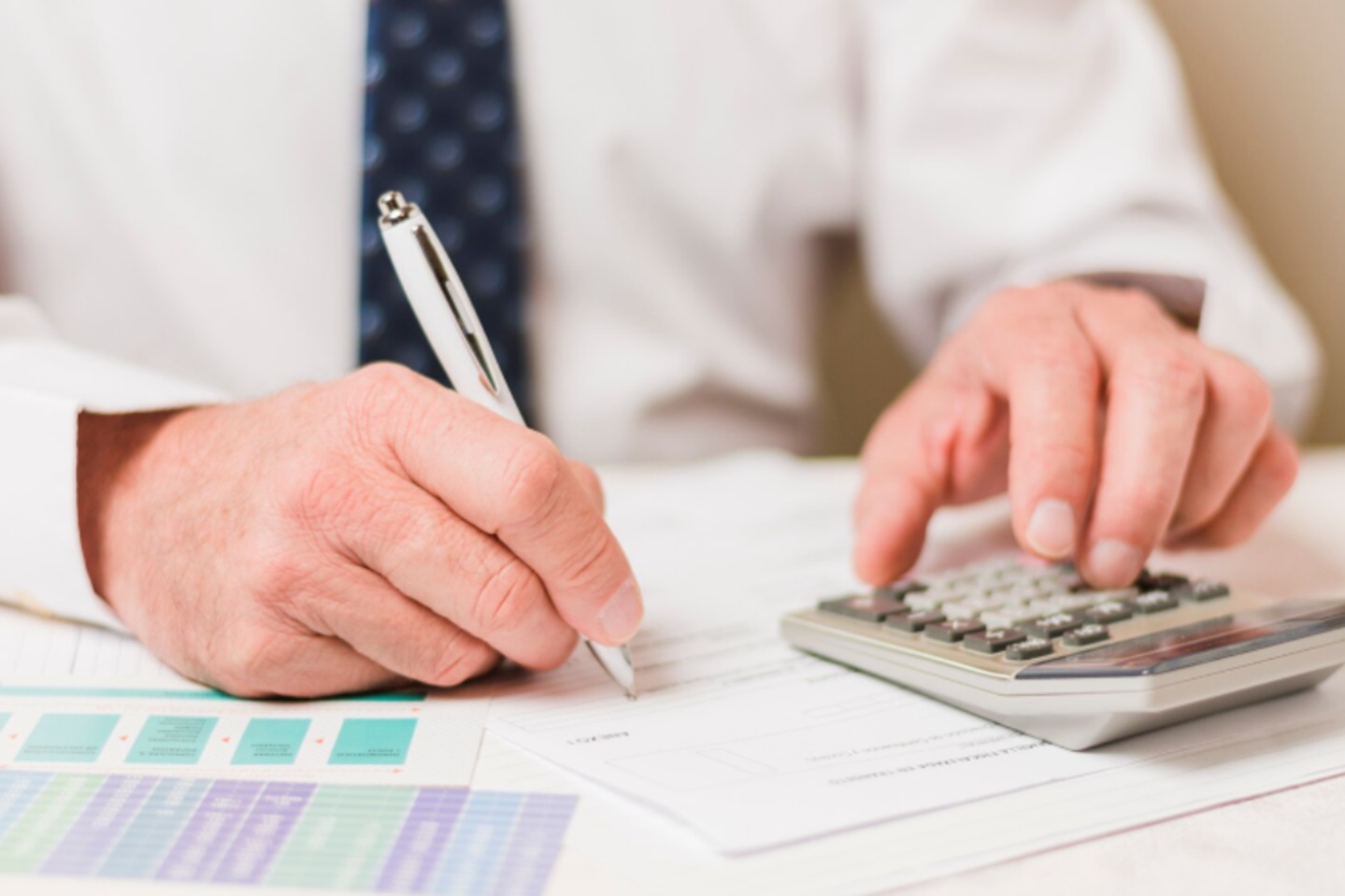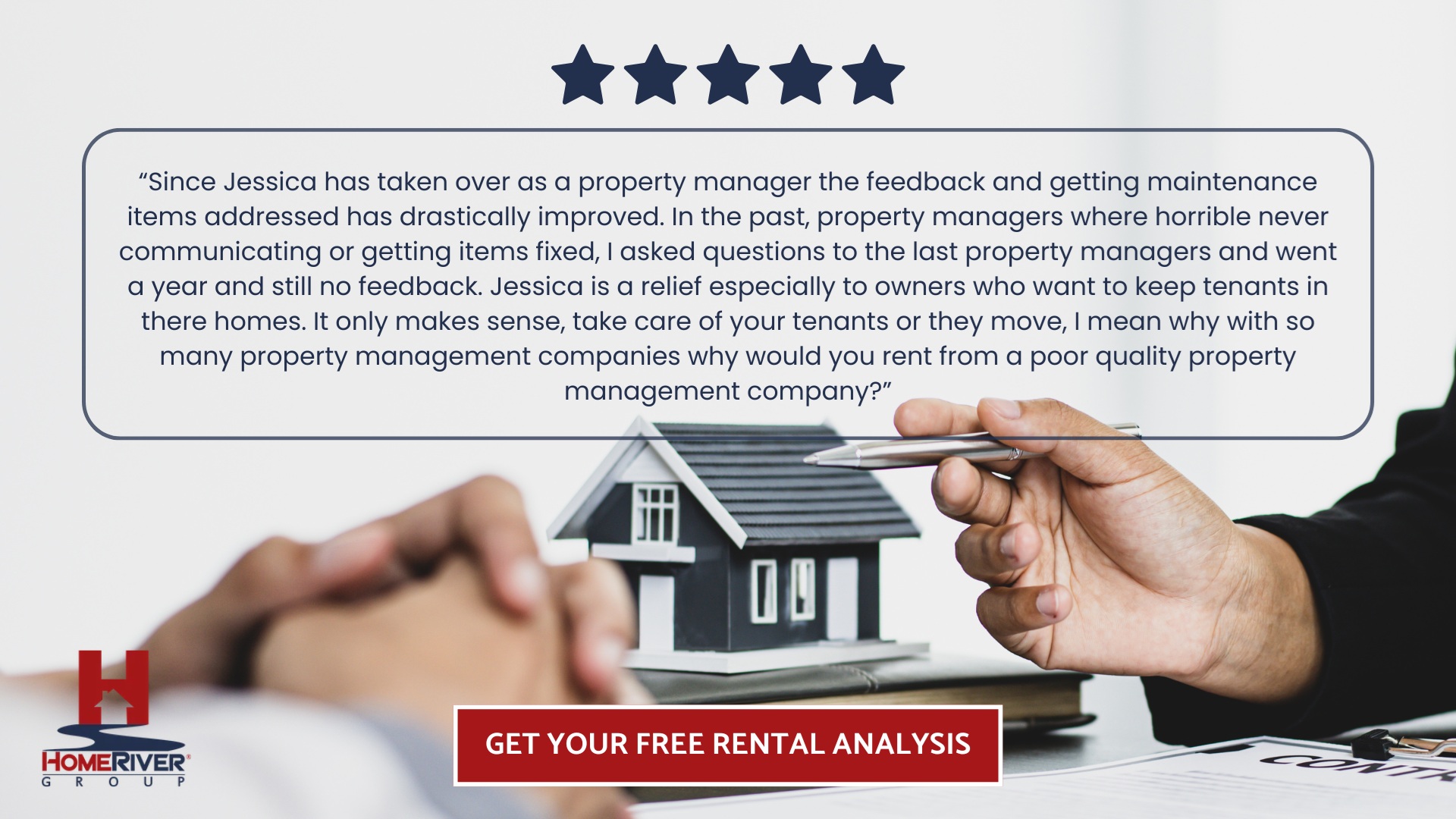
At HomeRiver Group, we oversee one of the nation's largest third-party property management portfolios, giving clients access to unmatched scale and precision. Our systems provide transparency through detailed financial reporting, responsive maintenance coordination, and effective tenant placement. By blending national resources with local expertise, we create measurable value that protects property owners’ investments while ensuring tenant satisfaction. Every process we implement is designed to optimize performance and deliver long-term growth.
A well-structured rental property balance sheet is essential for understanding actual financial performance. It tracks income, expenses, assets, and liabilities, helping investors see where their money goes and how their properties perform. Beyond just numbers, it clarifies decision-making, tax preparation, and long-term planning. Learning to interpret and maintain this financial snapshot for property owners means fewer surprises and greater control over cash flow and investment growth potential.
In this blog, we will explore the essential components of a rental property balance sheet, how to track income and expenses accurately, and practical strategies to use this financial tool for better planning and long-term investment success.

Understanding The Rental Property Balance Sheet Structure
A rental property balance sheet is a financial statement that organizes and displays a clear snapshot of a property’s financial standing at any given point. Owners, investors, and property managers use this document to track assets, liabilities, and equity, pivotal in understanding a property's performance and potential.
The balance sheet is typically divided into three main components:
Assets
This section details everything the property owns or controls that holds value. Standard items include the property’s market value, cash held in reserve accounts, security deposits, and accounts receivable from tenants. Accurate asset tracking provides insight into liquidity and long-term value.
Liabilities
These are the funds the property owes to others. Examples include outstanding mortgage balances, unpaid invoices for repairs or maintenance, property taxes due, and security deposit refunds owed to tenants. Clarity around liabilities helps identify financial obligations and deadlines.
Owner’s Equity
Equity reveals the net value remaining after liabilities are subtracted from assets. This section reflects profits accumulated over time, additional capital invested in the property, or distributions taken by the owner. Monitoring equity can help guide reinvestment, refinancing, or divestment strategies.
A strong balance sheet is an ongoing diagnostic tool. By updating it regularly, property owners ensure they remain informed, agile, and able to make data-driven decisions about short—and long-term property management strategies.
Key Accounts Every Landlord Should Track
A well-maintained rental property balance sheet starts with vigilance over the proper accounts. Each financial category forms a piece of the bigger picture, shedding light on performance, cash flow, and long-term growth.
This account records all incoming rent payments. Track rent monthly, noting payment dates, partial amounts, and overdue balances. Consistent oversight here flags missed payments before they impact your cash flow.
Security deposits are liabilities, not income, because they’re owed back to tenants at the end of a lease (barring damages or unpaid rent). Maintain clear records distinguishing between security deposits held for active tenants and those due for return.
Your mortgage (principal and interest) represents both an expense and a liability reduction. Recording these payments accurately helps distinguish between the portion going toward loan principal versus interest, impacting how your equity evolves.
Track all recurring expenses essential for running the property: repairs, maintenance, utilities, property management fees, insurance, and property taxes. Categorizing these costs makes it easier to identify trends and areas for potential savings.
Significant investments, like roof replacements or HVAC upgrades, belong in their account. CapEx isn’t a monthly operational cost but significantly affects profitability and property value over time.
Whenever you owe vendors, contractors, or suppliers, record those amounts under accounts payable. Timely monitoring ensures you keep vendor relationships healthy and avoid unnecessary late fees.
Equity represents your ownership stake in the property, shaped by the capital you’ve invested and the net profits you've accumulated. Tracking equity over time captures your investment's overall health and growth potential.
Organizing these key accounts on your balance sheet gives you a sharper, real-time understanding of your property’s financial dynamics.
Monthly Close Checklist For Property Owners
Effective financial management hinges on a consistent monthly routine. Establishing a monthly close checklist streamlines your rental property balance sheet and accurately captures all income and expenses.
Here’s a practical checklist to keep property owners organized:
Collect All Rental Income
Record tenant payments, including rent, late fees, or other charges.
Match deposits against your bank statements to confirm accuracy.
Reconcile Bank Accounts
Compare your transaction records to monthly bank statements.
Investigate any discrepancies or unexpected charges immediately.
Log All Expenses
Enter maintenance, utilities, property management fees, insurance, and taxes receipts.
Categorize each expense to support streamlined reporting and year-end tax preparation.
Review Outstanding Invoices And Payables
Check for unpaid vendor bills or service provider invoices.
Schedule outgoing payments to maintain strong supplier relationships and avoid late fees.
Update Capital Improvements And Repairs
Itemize any significant upgrades or repairs completed during the month.
Distinguish between capital expenditures and routine maintenance for accurate financial reporting.
Monitor Escrow And Reserve Balances
Verify that reserves for repairs, taxes, or insurance remain adequately funded.
Document any transfers to and from these accounts.
Generate Financial Reports
Produce up-to-date balance sheets, income statements, and cash flow summaries.
Review trends or anomalies to highlight issues that may require attention.
Document Compliance And Regulatory Updates
Record any permits, inspections, or regulatory filings completed in the reporting period.
Ensure all compliance documentation is securely stored and easily accessible.
Key Performance Metrics Derived From Balance Sheets
A rental property balance sheet is critical for understanding your portfolio’s financial dynamics in real time. Reviewing and analyzing your balance sheet can reveal several key performance metrics, giving you a clearer sense of how each property performs and how your investments measure up.
Net Operating Income (NOI)
NOI is calculated by subtracting operating expenses from gross rental income. This metric is at the core of any property analysis, as it reveals how much profit a property generates before deducting financing costs and taxes. Watching shifts in NOI can signal changes in expense management or rental rates.
Cash-on-Cash Return
This measures the annual pre-tax cash flow divided by the amount of cash you’ve invested. It gives a direct view of the property’s ability to generate positive returns based on actual cash put into the investment. Consistent tracking helps identify which properties are delivering the strongest performance.
Current Ratio
The current ratio is your current assets divided by your current liabilities. It’s a fast way to gauge short-term liquidity and the property’s ability to cover immediate expenses. A healthy current ratio generally exceeds 1, indicating the property can service its debts and unexpected costs.
Debt Service Coverage Ratio (DSCR)
DSCR compares net operating income to total debt service obligations. Lenders often use this ratio to assess risk, but it’s equally valuable for ongoing investment health. A DSCR greater than 1 means a property produces enough income to cover its debt commitments, while anything lower may indicate trouble brewing.
Equity Growth
Tracking changes in property equity over time, which reflect principal pay-down on loans and property value appreciation, allows you to monitor how your investment is growing. Increasing equity signals healthy investment fundamentals, while declines should prompt further review.
By monitoring these metrics regularly, property owners can spot trends early, adjust strategies, and make informed decisions that support sustainable income and long-term value growth.
Common Mistakes And How To Avoid Them
Managing a rental property balance sheet requires focus and precision. Some recurring missteps can undermine transparency and accuracy.
Here are the most common pitfalls and effective strategies for avoiding them.
Mixing Personal & Property Finances: Blurring the lines between personal finances and property income and expenses complicates accurate record-keeping. Always maintain a distinct bank account for rental activity. This simplifies reconciliations and streamlines reporting.
Inconsistent Record-Keeping: Infrequent or incomplete records make it challenging to track income and expenditures. Commit to updating your balance sheet regularly, at a minimum, monthly. Use digital tools or dedicated property management software to log every transaction.
Overlooking Small Expenses: It’s easy to forget minor repair costs, cleaning supplies, or routine maintenance fees. Yet, these add up and can skew your net income. Record every expense, no matter how insignificant it may seem.
Ignoring Depreciation & Amortization: Failing to account for depreciation on the property or amortization of loan fees results in an unrealistic picture of your asset value and taxable income. Consult with a qualified accountant to ensure these non-cash items are incorporated accurately.
Not Reconciling Accounts Regularly: Unreconciled accounts can lead to mistakes and missed discrepancies. Schedule regular reviews to compare your balance sheet with bank statements and receipts, ensuring consistency and catching errors early.
Failing To Separate Security Deposits: Security deposits are liabilities, not income. Treating them as regular cash can distort the balance sheet. Track deposits independently and reflect them as liabilities until you return or retain them according to the lease terms.
Vigilance in these areas strengthens the integrity of your rental property balance sheet and sets the foundation for reliable financial management.
Final Thoughts
Effectively managing a rental property requires more than collecting rent and handling maintenance requests.
At HomeRiver Group, we understand that building long-term value depends on maintaining a precise and detailed rental property balance sheet. A well-organized balance sheet clarifies your property’s income and expenses. It allows for proactive decision-making and strategic planning, whether you own a single-family home or an entire portfolio.
Owners clearly understand their assets' financial standing by consistently tracking all income streams and expenses. At HomeRiver Group, our nationwide expertise and advanced reporting capabilities are designed to simplify this process for property owners. Our clients trust us to deliver comprehensive property management tailored to each unique market, including asset reporting.
Let our team help you maximize your property’s performance and ensure your investments work as hard as you do.
Read also:
Frequently Asked Questions About Rental Property Balance Sheet
What is a rental property balance sheet?
A rental property balance sheet is a financial statement that provides a snapshot of your property's assets, liabilities, and equity at a specific point in time. It helps property owners and investors see precisely what they own, what they owe, and the net value of their investment.
What are the main components of a rental property balance sheet?
The main components are assets (like cash, security deposits, property value, and equipment), liabilities (such as mortgages, unpaid bills, and property taxes), and owner's equity (the remaining value after debts are deducted from assets).
How do I list income on a rental property balance sheet?
Rental income isn’t listed directly on the balance sheet. Instead, income flows into your cash accounts, which are part of assets on the sheet. To track income, ensure rental payments, security deposits, and other cash inflows are recorded under current assets.
How often should I update my rental property balance sheet?
It’s best practice to update your balance sheet monthly or quarterly. Regular updates help you identify trends, spot potential issues early, and keep your financial data accurate for reporting and tax purposes.
What is the difference between cash flow and profit on a balance sheet?
Cash flow refers to the movement of money in and out of your property accounts, highlighting liquidity. Profit represents the financial gain after all expenses are deducted from income, often calculated using the balance sheet and profit-and-loss statement data.
What tools can I use to track rental property finances?
You can use accounting software tailored for property management, such as AppFolio, Buildium, or online spreadsheets. Many national property management companies, like HomeRiver Group, offer centralized reporting platforms for real-time visibility into your rental portfolio’s performance.
What types of expenses should be tracked for rental properties?
Track all recurring and one-time expenses, including mortgage payments, property taxes, insurance, repairs, maintenance, utilities, HOA, and professional management fees. Accurate expense categorization helps with budgeting and tax preparation.










